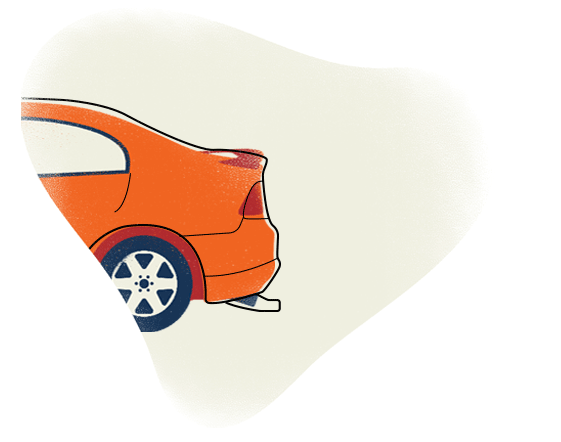As per the Supreme Court’s diktat, all vehicles sold in India after March 2020 must conform by Bharat Stage VI emission norms.

The Bharat Stage Emission Standards (BSES), set by the Central Pollution Control Board under the Ministry of Environment and Climate Change, were first introduced in India in 2000. To put a check on the air pollutants released by a vehicle’s internal combustion engine, the Government of India made these emission standards mandatory for all automobiles.
The Bharat Stage (BS) emission norms are based on the European (EURO) emission standards. It was first brought into effect under the head “India 2000”, which was followed by BS II in 2001 and BS III in 2005. However, it was only with the enforcement of BS IV in 2010 that the emission standards became more stringent in India. After that, the Government decided to skip the implementation of BS V in 2016 and instead, decided to introduce BS VI in 2020.
Bharat Stage VI is the 6th mandate for vehicular emission norms in India, which is stricter and more restrictive. Considering the ever-rising air pollution in the country, it is a welcome upgrade. Once BS VI norms are rolled out, it will give a push to our country’s battle against air pollution. With BS VI’s implementation, India’s vehicle emission norms will be at par with the USA’s and Europe’s emission norms.
What changes should you expect from BS VI emission norms?
With the rolling out of BS VI emission norms, you should expect the following changes:
- 1.Change in the fuel used
One of the major upgrades that is being introduced with the implementation of BS VI is the change in fuel to be used in vehicles. A vehicle with BS VI engine will require BS VI fuel to function properly. A BS VI vehicle using BS IV-grade fuel will not be able to conform to the BS VI emission norms. Similarly, a BS IV vehicle using BS VI-grade fuel will lead to a damaged engine and result in increased emissions.
- 2.Change in sulphur and nitrogen oxide levels
The most crucial difference between BS IV-grade and BS VI-grade fuel will be in terms of the content of sulphur and nitrogen oxide. While the sulphur traces in BS IV fuel is 50 ppm, the traces of the same in BS VI fuel is 5 times lower, i.e. 10 ppm. Moreover, the level of nitrogen oxide decreases to 70% in BS VI diesel engines and 25% in BS VI petrol engines.
- 3.Introduction of Real Driving Emission (RDE)
For the very first time in India, the concept of Real Driving Emission will be introduced with the implementation of Bharat Stage VI emission norms. It will measure the emission from a vehicle in real-time conditions and compare it against laboratory conditions.
- 4.Introduction of Diesel Particulate Filter (DPF) and Selective Catalytic Reduction (SCR)
BS VI is introducing the concepts of Diesel Particulate Filter and Selective Catalytic Reduction in the engines of BS VI-compliant vehicles, which were not a part of the BS IV vehicles.
- 5.Introduction of Onboard Diagnostics (OD)
Another change that is being brought about with the implementation of BS VI emission norms is OD becoming mandatory for all vehicles. It is a comprehensive electronic system that senses failures related to exhaust emissions of vehicles running on combustion engines.
What will happen to BS IV vehicles after the introduction of BS VI vehicles?
The Supreme Court of India, through a mandate in October 2018, has declared that the selling and buying of BS IV vehicles will be banned after April 2020. The court has ordered all car manufacturers in India to clear their stock of BS IV cars before the deadline.
Further, the Supreme Court has clarified that there will be no extension of the deadline for car manufacturers to clear their stock of BS IV vehicles. Hence, only BS VI cars will be able to tread legally on the Indian roads after April 2020.
However, if you already own a BS IV car, you don’t need to worry. The Finance Minister of India has stated that BS IV vehicles bought before March 2020 will remain operational up to their period of registration. Thus, you don’t need to sell the BS IV vehicle you already own and buy a BS VI car immediately.
The final word
If you own a BS IV petrol car or are planning to buy a BS VI petrol car, you don’t have to worry about fuel usage as BS IV-grade and BS VI-grade petrol have similar composition and you can use it interchangeably. However, if you own a BS IV diesel car, never use BS VI diesel in its engine as the low sulphur content of BS VI diesel will lead to less lubrication and result in frictional issues and increased emission.
Similarly, if you buy a BS VI diesel car, make sure never to use BS IV diesel. The high sulphur content in it can severely damage the fuel delivery system, clog the fuel filter and catalytic converter, resulting in a drastic increase in emission.